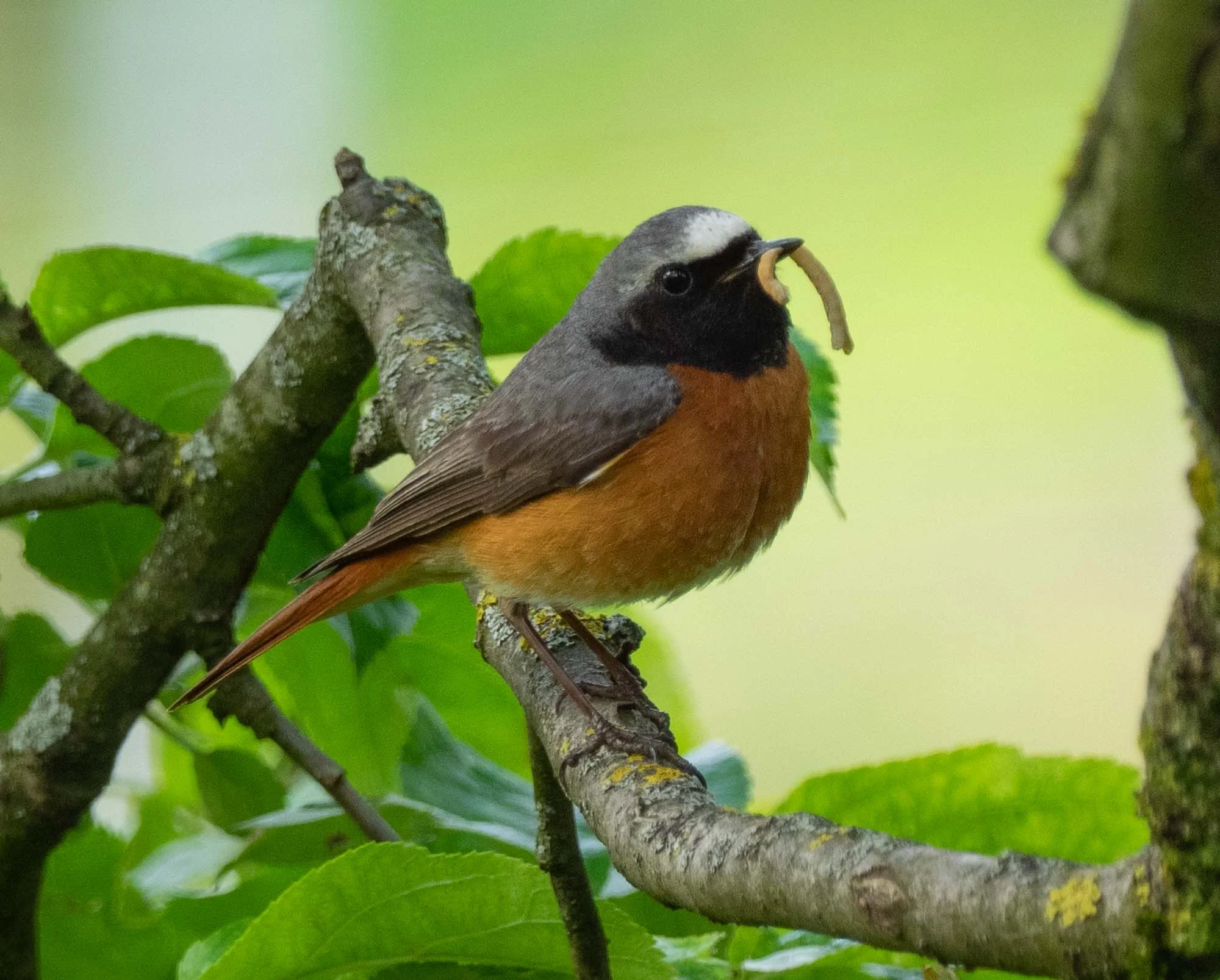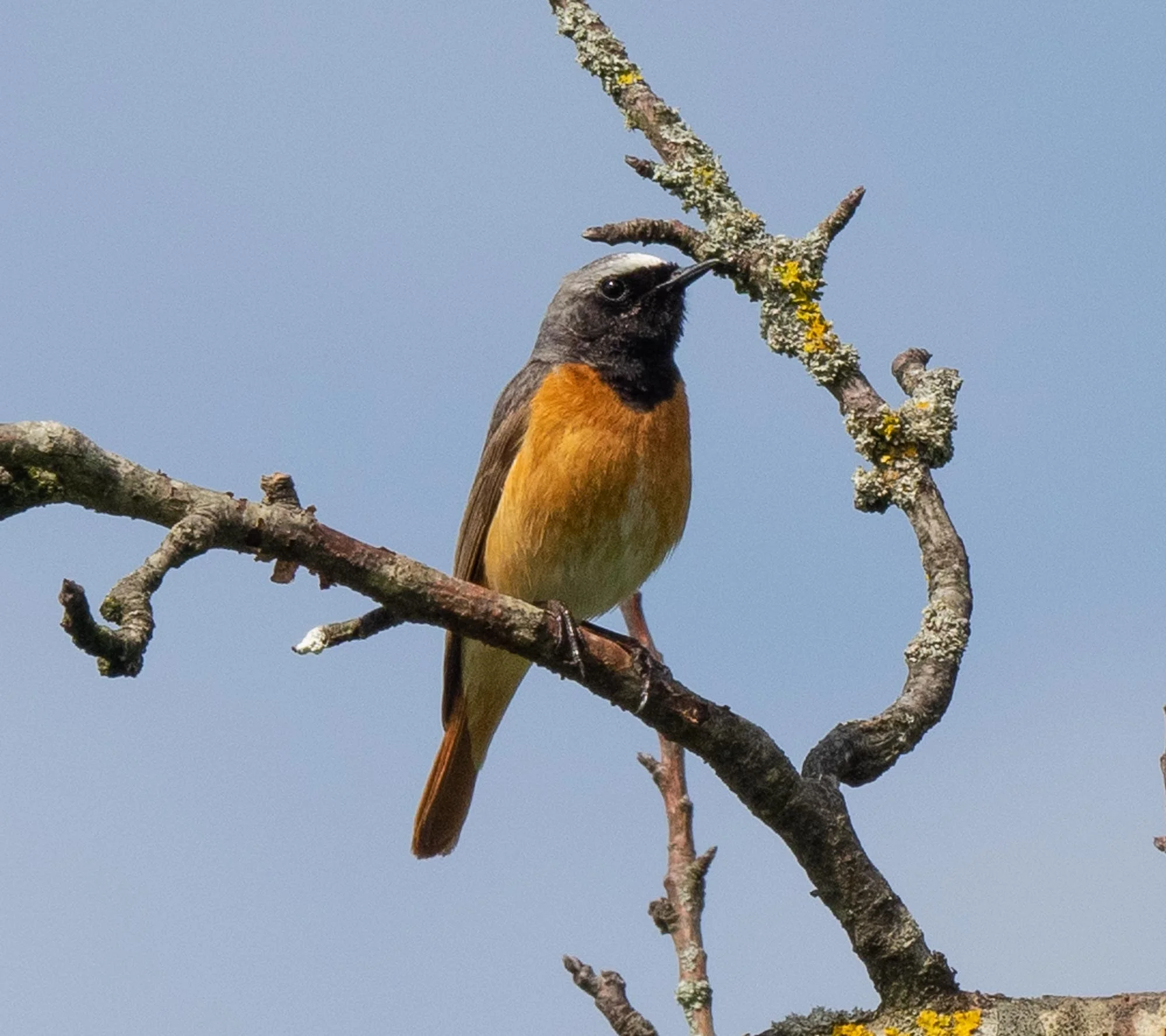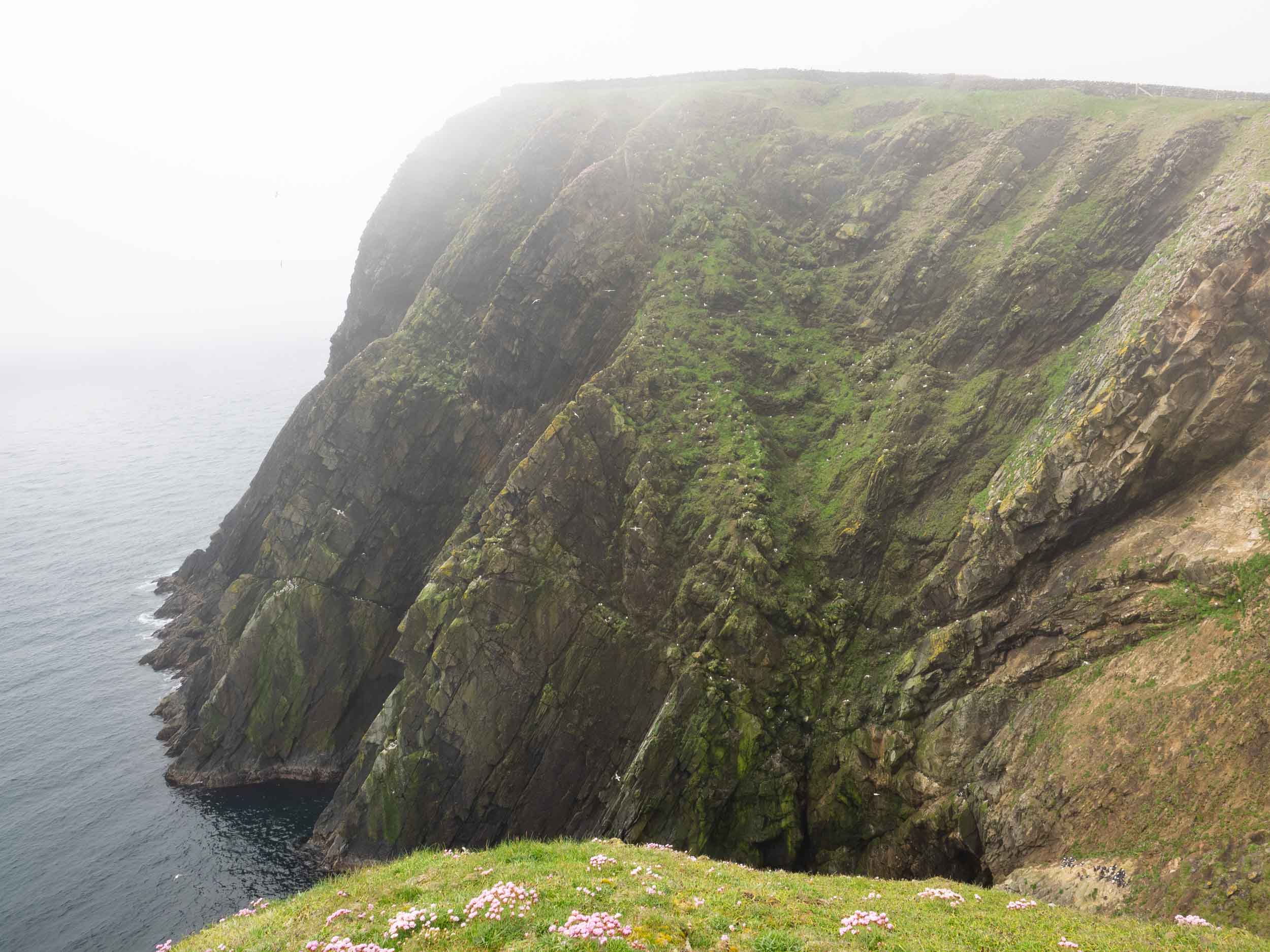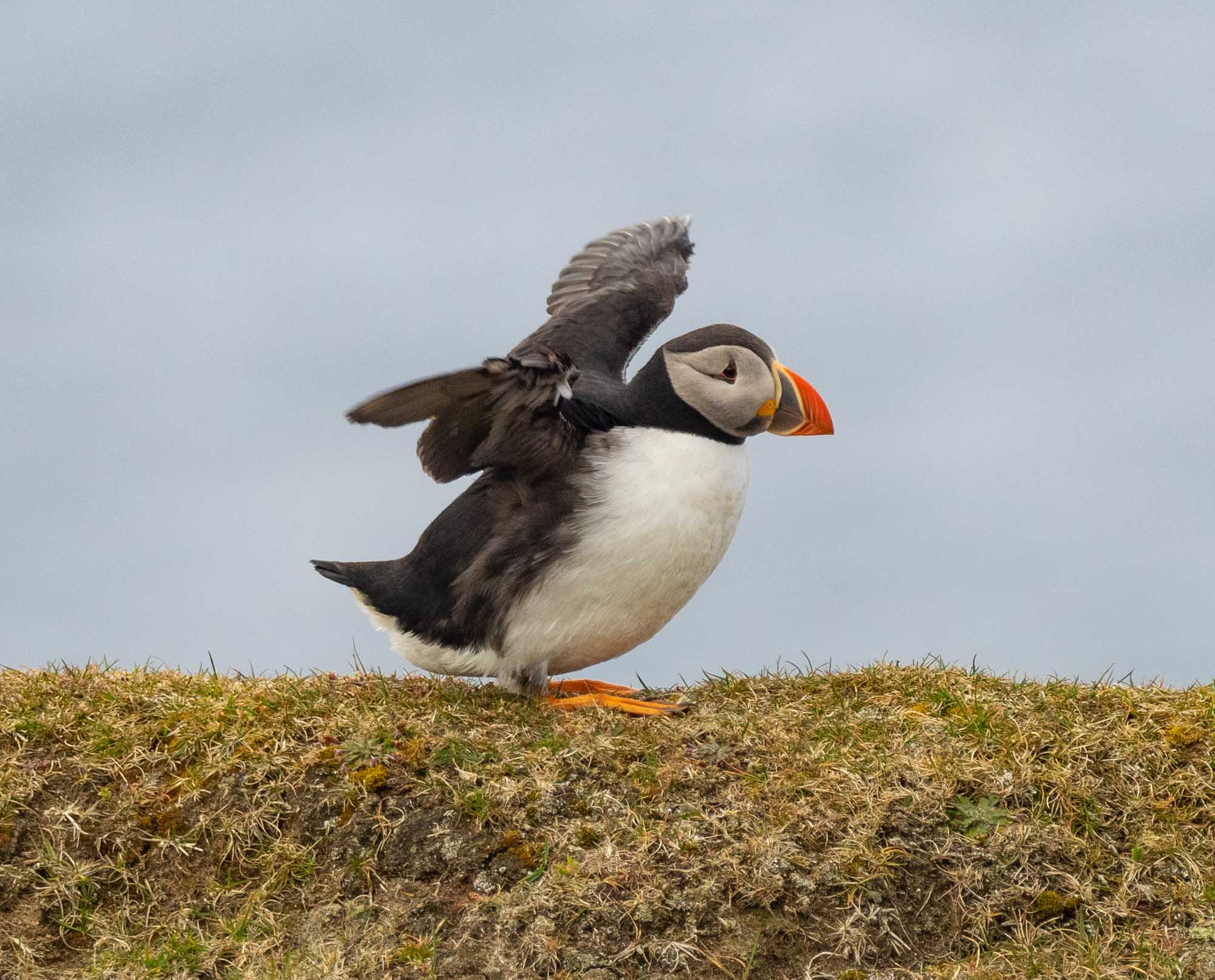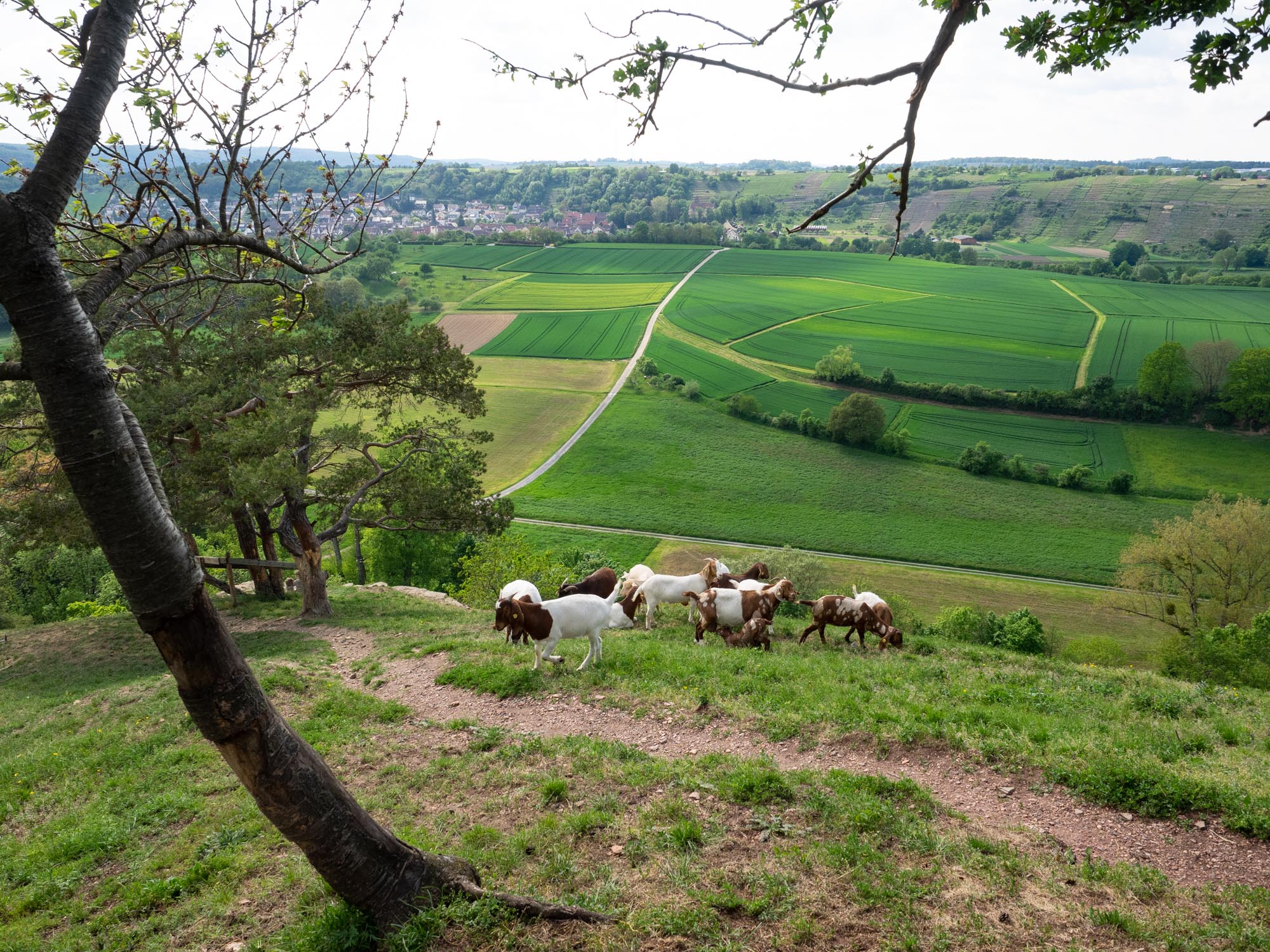Birds of northern Europe
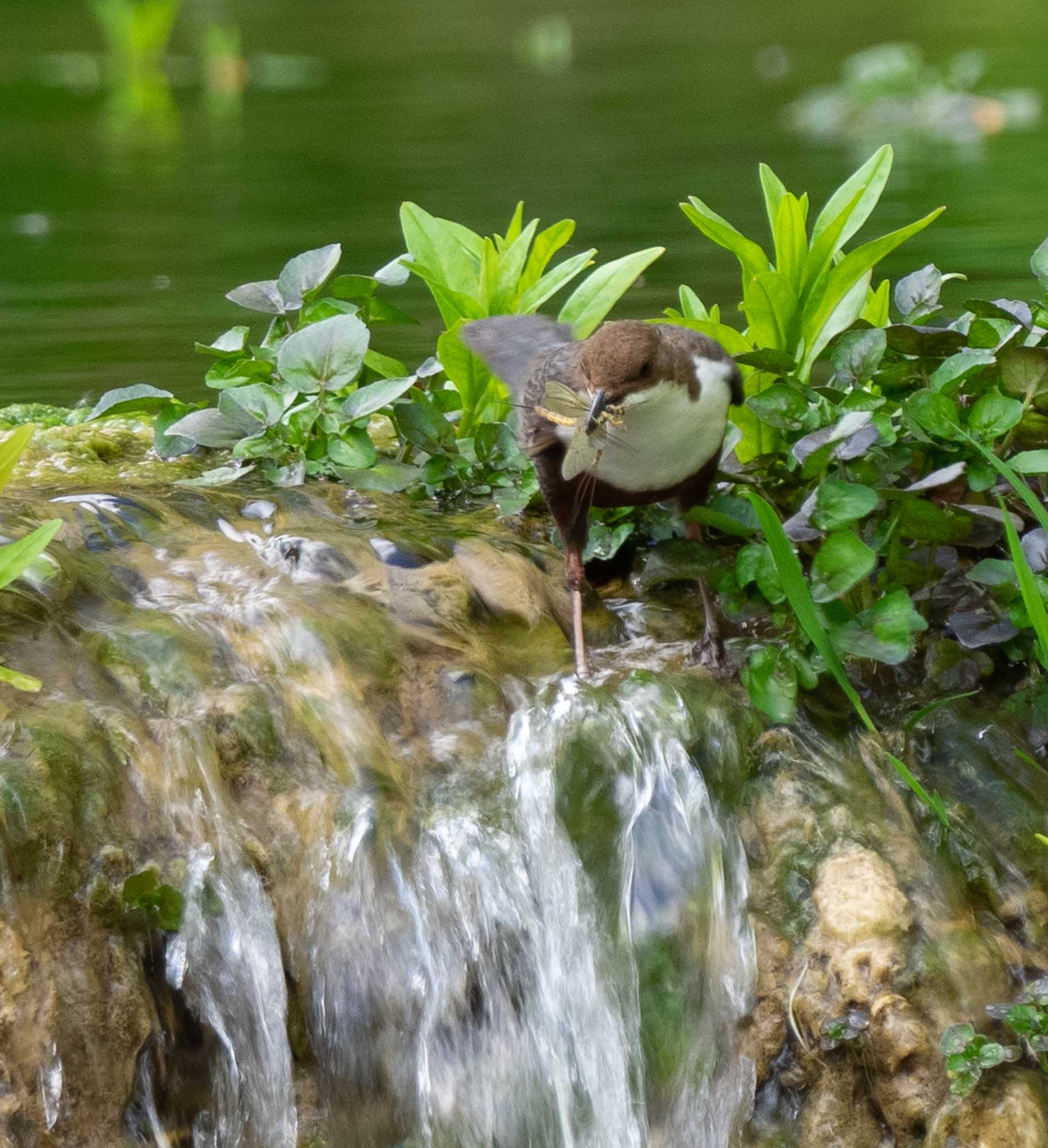
Late Spring, and breeding season is well underway in northern Europe. From the mountains of southern Germany to the islands of Sweden, resident and migratory birds alike are busy nesting and raising chicks. Here are just a few of our sightings.
(15th - 26th May, 2019)
Southern Germany
White-throated Dipper / Wasseramsel (Cinclus cinclus)
An amazing bird, and a ‘first’ for our life list. Dippers live in and around fast-flowing streams … and they walk underwater! They grip the stream bottom with their strong feet in their search for insect larvae and other invertebrates under river rocks. They happily take these same insects when they emerge as adults – we watched as a pair gathered adult mayflies and carried them off to their nest inside a nearby cave.
[Australian relatives: nothing close, although native starlings such as the Metallic Starling of northern QLD belong to the same superfamily]
Common Chaffinch / Buchfink (Fringilla coelebs)
One of the most common birds in Europe and resident in Germany.
[no Australian relatives … the only members of this subfamily in Australia are introduced European birds, such as the European Goldfinch. Australian finches belong to a different family.]
Eurasian Nuthatch / Kleiber (Sitta europaea caesia)
There may be as many as 50 million of these birds in Europe! Nevertheless, we find them quite fascinating. They are monogamous and each pair hold a breeding territory year round. Old woodpecker holes or natural tree hollows are their usual nest holes, but this pair had taken over a crevice in the wall of an historic monastery. And they even added to the masonry, reducing the opening with a plug of clay. Their German name Kleiber is derived from kleben, meaning to stick.
[Australian relatives: no close relatives, although the Varied Sitella is similar]
European Robin / Rotkehlchen (Erithacus rubecula)
‘Robin Redbreast’ is a common resident of Germany, but sightings of these tiny birds are less common during their breeding season. We saw just this one.
[no close relatives in Australia. Australian robins are not closely related.]
Yellowhammer / Goldammer (Emberiza citrinella)
A common bird of grassland and fields across Europe. In Summer they switch from a seed diet to insects, taking advantage of the bounty on offer.
[No close relatives in Australia. Buntings, the family to which the Yellowhammer belongs is one of the most species rich European bird groups, with 14 different members.]
Great Spotted Woodpecker / Buntspecht (Dendrocopos major)
The loud hammering of woodpeckers travels far through the countryside, and the birds responsible are often well out of sight. We did manage a few glimpses, and even found a nest hole with loudly begging babies. No sign of the babies, just the rain-wet parents.
[No close relatives in Australia. Sadly, as woodpeckers are such charismatic birds.]
Yellow-legged Gull / Kaliforniermöwe (Larus michahellis)
A surprisingly tricky bird to identify. The differences between Larus cachinnans (Caspian Gull) and Larus michahellis are subtle. In fact, until quite recently L. michahellis was considered a subspecies of the L. cachinnans. No wonder I’m not 100% confident in my ID.
[close Australian relative: Pacific Gull]
Great Crested Grebe / Haubentaucher (Podiceps cristatus)
Most land-based birds of Europe are unrelated to Australian birds, but it’s a different matter when it comes to waterbirds. Here’s a good example. We’ve seen these rather extraordinary diving birds at several locations in Australia, including the sewerage treatment works of Melbourne! Great Crested Grebe are famous for their elaborate courtship displays – something we’ve yet to witness. The birds we did see were, however, sporting their wonderful breeding head-dress.
[The Australian birds belong to a distinct subspecies, and are mainly resident in Australia]
Common Coot / Blässhuhn (Fulica atra)
Unmistakable and one of the most common waterbirds. This one was nesting precariously on a small raft of vegetation on the swollen Danube River.
[The exact same species as the Australian coot]
Mute Swan / Höckerschwan [Cygnus olor]
This swan had chosen a more sensible place to nest, on a quiet tributary of the Danube River. This is the same species as the familiar white swan, which was introduced to ornamental lakes in Australia in the 19th century. There are four different species of European swans. We saw one other in the Shetlands - the Whooper Swan.
[close Australian relative: Black Swan, Cygnus atratus]
Little Grebe / Zwergtaucher (Tachybaptus ruficollis)
We sighted this grebe on the same quiet backwater of the Danube River. It looks very similar to the Australasian Grebe and indeed belongs to the same genus. Interestingly, the other small Australian grebe, the Hoary-headed Grebe is more distantly related to either of these two.
[Close Australian relatives: Australasian Grebe, Tachybaptus novaehollandiae]
Common Kestrel / Turmfalke (Falco tinnunculus)
Quite a common sight, hunting above farmland and nesting in the boxes provided on power poles and other structures throughout the German countryside.
[close Australian relative: Nankeen Kestrel]
Tree Sparrow / Feldsperling (Passer montanus)
Familiar to Victorians, the Tree Sparrow is an introduced pest but not so common in Australia as its cousin the House Sparrow. Both species are found throughout Europe. Their numbers famously crashed in the 1990s, highlighting the plight of many field and forest birds.
[resident in south-eastern Australia]
Common Redstart / Gartenrotschwanz (Phoenicurus phoenicurus)
This endearing little bird belongs to the Old World flycatcher family, the same as the European Robin. It constantly flicks its tail as it flies from branch to branch between trees, occasionally diving to the ground to catch an insect. We watched this male and its mate taking food back to their young in a nest box.
[close Australian relative: none]
Egyptian Goose / Nilgans (Alopochen aegyptiacus)
Germany has pest species too! This large, aggressive goose was introduced from Africa, is well established in northern Germany, and appears to be spreading south. It is aggressively territorial, and not good news for the local waterbird communities.
[close Australian relatives: Australian Shelduck & Radjah Shelduck]
Greylag Goose / Graugans (Anser anser)
This common, Summer visitor to Germany looks rather familiar. That’s because it is the ancestor of domestic geese, and it has also been introduced to Australia.
White Stork / Weißstorch (Ciconia ciconia)
We found this iconic bird in a less than natural, but common nesting site. This large basket was sited on the top of a church tower. We only found it late in the day, as dark gathered - hence the grainy photo.
[Australian relative: the Black-necked Stork, or Jabiru, belongs to the same family as the White Stork. It’s the only Stork we have.]
Stockholm, Sweden
Tufted Duck (Aythya fuligula)
A resident in the waters around Stockholm, this diving duck is widespread throughout northern and eastern Europe in Summer.
[closest Australian relative: Hardhead]
Barnacle Goose (Branta leucopsis)
A small goose more commonly seen in the northern tundra of Russia and Greenland, there is a growing sedentary population in southern Sweden and northern Germany.
[Australian relatives: Cape Barren Goose & Black Swan]
Lesser Black-backed Gull (Larus fuscus)
Summer visitor, nesting on islands around Stockholm. Spends winter in east Africa.
[closest Australian relative: Pacific Gull]
Gadwal (Anas strepera)
A Summer visitor to southern Sweden from wintering grounds around the Mediterranean and northern France.
[closest Australian relative: Common Mallard]
Common Gull (Larus canus)
Widespread, and resident around the southern coast of Sweden. Nesting in grasses and even in trees!
[closest Australian relative: Pacific Gull]
White Wagtail (Motacilla alba)
A Summer visitor to Sweden from wintering grounds in south west Europe and tropical Africa.
[closest Australian relative: Australasian Pipit. Note that a different subspecies of the White Wagtail is an occasional vagrant in Australia]
Barn Swallow (Hirundo rustica)
A well-known Summer visitor throughout Europe. The return of these gregarious birds from their wintering grounds of southern Spain is a sign of Spring.
[Northern Australia is one of many wintering grounds for Barn Swallows]
Fieldfare (Turdus pilaris)
This bossy thrush found throughout Europe is resident in Sweden, and a common sight even in the city centre.
[closest Australian relative: Bassian Thrush. The Blackbird is the same genus, but is an introduced species]
Eurasian Nuthatch (Sitta europaea europaea)
The nuthatches we saw in Stockholm were a distinct subspecies from those of Germany. They are less colourful, having white rather than orange underparts. The pair we watched feeding chicks on a small island in Stockholm probably have the island to themselves. They also ‘squirrel-away’ food for lean times, hiding nuts, seeds and even insects in cracks and crevices.
[Australian relatives: no close relatives, although the Varied Sitella is similar]
Common Magpie (Pica pica)
Resident throughout Europe, this rather elegant bird is entirely different to the Australian Magpie. Like others in the family Corvidae, the Common Magpie is a highly intelligent bird.
[closest Australian relatives: ravens and crows]
European Goldfinch (Carduelis carduelis)
This attractive finch specialises on the deep-seated seeds of thistles, and also takes seeds from a range of conifers and birch trees. It’s a Summer visitor in Stockholm, but resident through most of Europe. And it’s a particularly common sight around Canberra, having been introduced to Australia in the 19th century.
[no Australian relatives … the only members of this subfamily in Australia are introduced European birds, such as the Greenfinch]
List of all 53 bird species sighted or heard in Germany and Sweden in 2019
Mute Swan, Greylag Goose, Barnacle Goose, Egyptian Goose, Red-crested Pochard, Gadwall, Mallard, Tufted Duck, Quail, Grey Heron, White Stork, Little Grebe, Great Crested Grebe, Black Kite, Red Kite, Buzzard, Kestrel, Coot, Lesser Black-backed Gull, Yellow-legged Gull, Stock Dove, Woodpigeon, Collared Dove, Cuckoo, Common Swift, Great Spotted Woodpecker, Magpie, Jackdaw, Hooded Crow, Blue Tit, Great Tit, Coal Tit, Sand Martin, Barn Swallow, House Martin, Chiffchaff, Nuthatch, Winter Wren, Starling, Dipper, Blackbird, Fieldfare, Robin, Nightingale, Common Redstart, House Sparrow, Tree Sparrow, Grey Wagtail, Pied Wagtail, Chaffinch, Greenfinch, Goldfinch, Yellowhammer


























